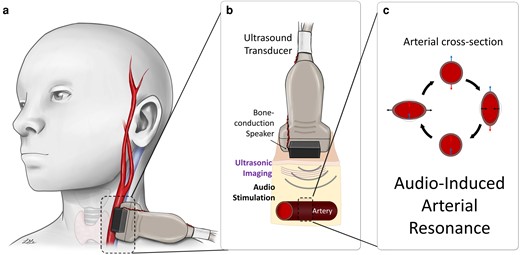2024-08-07 カリフォルニア大学バークレー校(UCB)
<関連情報>
- https://news.berkeley.edu/2024/08/07/do-smells-prime-our-gut-to-fight-off-infection/
- https://www.science.org/doi/10.1126/sciadv.adn0014
嗅覚は末梢のマイトファジーとミトコンドリア機能を制御する Olfaction regulates peripheral mitophagy and mitochondrial function
Julian G. Dishart, Corinne L. Pender, Koning Shen, Hanlin Zhang, […], and Andrew Dillin
Science Advances Published:21 Jun 2024
DOI:https://doi.org/10.1126/sciadv.adn0014

Abstract
The central nervous system coordinates peripheral cellular stress responses, including the unfolded protein response of the mitochondria (UPRMT); however, the contexts for which this regulatory capability evolved are unknown. UPRMT is up-regulated upon pathogenic infection and in metabolic flux, and the olfactory nervous system has been shown to regulate pathogen resistance and peripheral metabolic activity. Therefore, we asked whether the olfactory nervous system in Caenorhabditis elegans controls the UPRMT cell nonautonomously. We found that silencing a single inhibitory olfactory neuron pair, AWC, led to robust induction of UPRMT and reduction of oxidative phosphorylation dependent on serotonin signaling and parkin-mediated mitophagy. Further, AWC ablation confers resistance to the pathogenic bacteria Pseudomonas aeruginosa partially dependent on the UPRMT transcription factor atfs-1 and fully dependent on mitophagy machinery. These data illustrate a role for the olfactory nervous system in regulating whole-organism mitochondrial dynamics, perhaps in preparation for postprandial metabolic stress or pathogenic infection.


